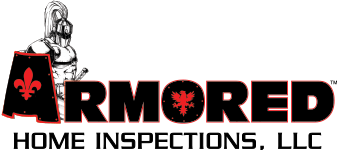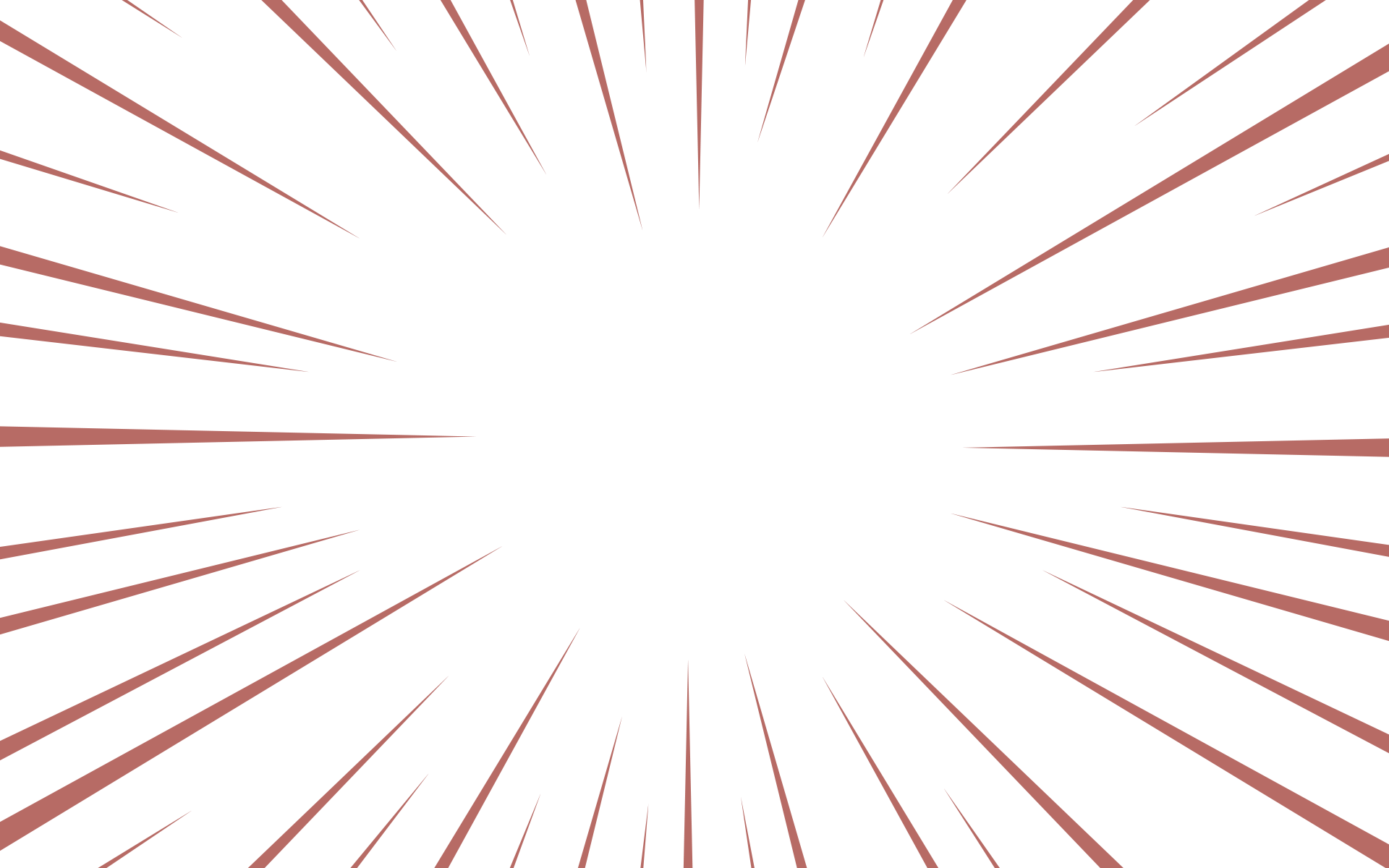Home Buyers
Wood Destroying Insect Inspection
Armored Home Inspections, LLC offers Wood Destroying Insect Inspections which can be performed with or without a home inspection. As Pennsylvania requires, our inspectors are certified by the PA Department of Agriculture. Your inspection will include a report of findings and recommendations on form NPMA-33, graphs of any visible damage or activity, and when needed a proposed estimate of costs for treatment. Contact us to find out more, or to schedule an inspection.
Though our WDI Inspection covers all types of wood destroying insects, such as carpenter ants, carpenter bees, powder post beetles, and termites, the most commonly occurring activity and damage comes from termites.
Termites are a very interesting insect, and yet the public knows very little about them. You may have heard rumors or tales of termites eating up a house right from under a homeowner. Though they can literally do this, it would take a very large colony and a very long time to actually cause a house catastrophic structural damage.
Word Destroying Insect
What is a Termite
First let’s look at the Eastern Subterranean Termite (Reticulitermes flavipes). Though there are more than 2000 species, the distinguishing trait of the termite is that it is a two-segmented insect, whereas all others are three-segmented. They have a head and an abdomen. They are the only known insect that can actually digest wood cellulose. Other wood destroying insects such as Carpenter ants, Carpenter bees, and various wood destroying beetles and wasps may bore into wood, nest in wood, spend parts of the life cycle in wood, but only the mighty termite actually has the ability to consume wood. See Penn State University’s Booklet on Eastern Subterranean Termites.
Identifying
Termite Activity
Our certified inspectors will evaluate the interior and exterior of your home for signs of termite activity. Evidence of activity may include the presence of termite swarmers or their wings, damaged wood, and termite shelter tubes. Through careful examination of the areas most commonly affected by termites, and probing the wood throughout the area, we can detect visible evidence of termite activity and propose the appropriate measures needed to control the ongoing infestation. See Termite Photos and Damaged Wood in Penn State University’s Fact on Termites.
In Your Home
Controlling Termite Activity
Our Inspectors know the conditions which are conducive to a termite invasion, and we are there to educate you on what to do to keep termites at bay. Here are a few tips.
- For one, a homeowner needs to fix any known leaks as soon as possible. Termites need moisture. If they can get the moisture they need within the home, they do not have to return to the ground to get it.
- Homeowners need to keep shrubbery away from the structure so the building can be visually inspected for shelter tubing that may be constructed by termites.
- Firewood and other wood products or debris should be stored away from the foundation including old tree stumps.
- Any wood to soil contact should be avoided. This is common in older homes where stair stringers are buried in the concrete slabs.
Lastly, we recommend that homeowner’s have a certified pest control operator out to their home annually for routine termite inspections. Contact our Armored staff today for your “Inspection Protection”.
Proudly Affiliated
Ready To Get Started?
We promise to meet or exceed your expectations each and every time you need us. Whether you’re seeking a certified inspector to evaluate your home, an environmental test to protect your family, or the sound advice of a qualified professional, our knowledgeable Armored staff is here to serve you.










